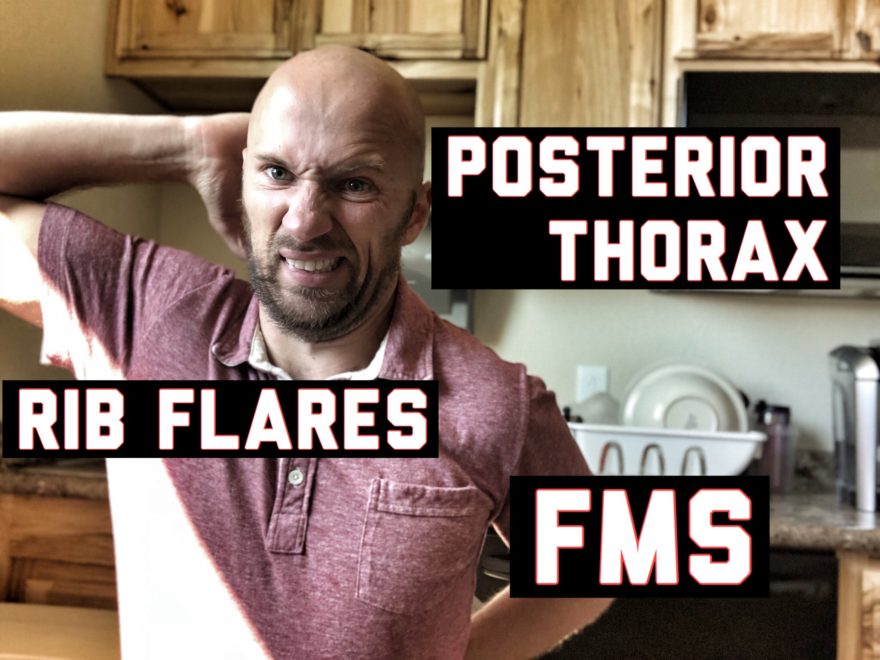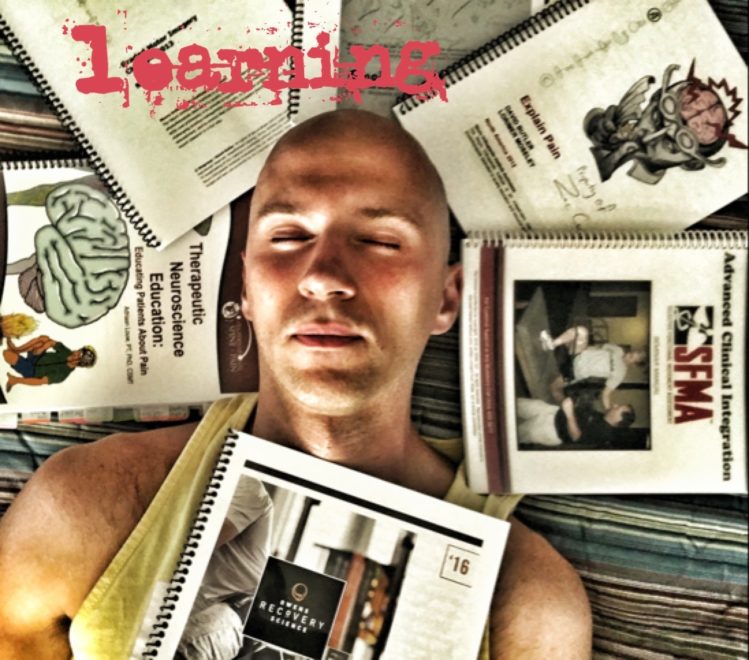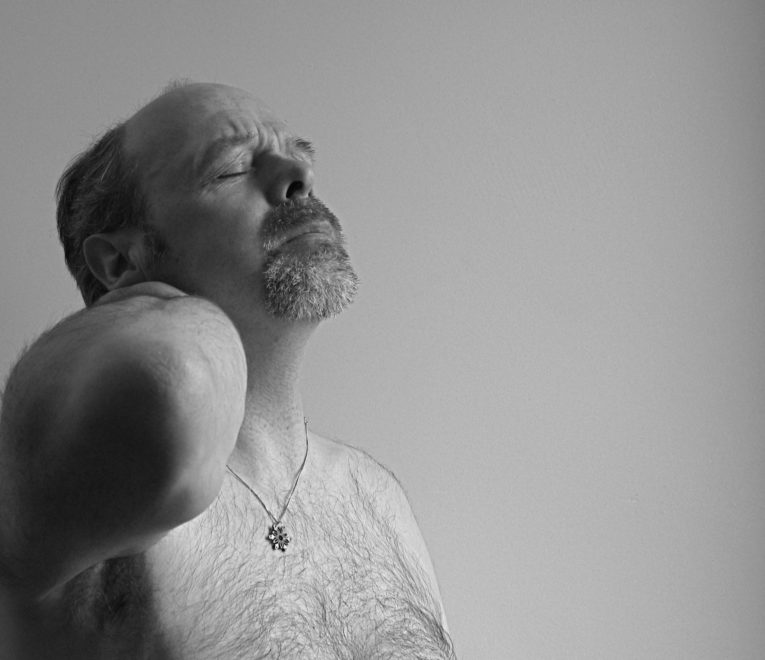Tag: SFMA

Perfect Posture, Excessive Knee Bend, and SFMA – Movement Debrief Episode 68
Movement Debrief Episode 68 is in the books. Below is a copy of the video for your viewing pleasure, and…

Rib Flares, Posterior Thorax, and FMS – Movement Debrief Episode 52
Movement Debrief Episode 52 is in the books. Below is a copy of the video for your viewing pleasure, and…

Continuing Education: The Complete Guide to Mastery
75 That’s my number. No, not that number. 75 is the number of continuing education classes, conferences, home studies,…

Change The Context: 3 Tools to Treat Neck Pain
Here are some strategies to help your peeps with neck pain.
Course Notes: FMS Level 2
Mobility, Stability, and the Like I recently attended the FMS Level 2 course after rocking the home study. In my…
Chapter 15: In Conclusion
This is a chapter 15 summary of the book “Movement” by Gray Cook. The Goal The goal of movement…
Chapter 14: Advanced Corrective Strategies
This is a chapter 14 summary of the book “Movement” by Gray Cook. Inputs Corrective exercise is focused on…
Movement Chapter 13: Movement Pattern Corrections
This is a chapter 13 summary of the book “Movement” by Gray Cook. Back to the Basics Mobility deficits…
Movement Chapter 12: Building the Corrective Framework
This is a chapter 12 summary of the book “Movement” by Gray Cook. A Whole Lotta P When we…
Movement Chapter 11: Developing Corrective Strategies
This is a chapter 11 summary of the book “Movement” by Gray Cook. Autonomics All exercise affects tone and tension.…
Movement Chapter 10: Understanding Corrective Strategies
This is a chapter 10 summary of the book “Movement” by Gray Cook. Mistakes, I’ve Made a Few When we…
Movement Chapter 9: Analyzing the Movements in Screens and Assessments
This is a chapter 9 summary of the book “Movement” by Gray Cook. While I have broken up these sections…
Movement Chapter 8: SFMA Assessment Breakout Descriptions and Flowcharts
This is a chapter 8 summary of the book “Movement” by Gray Cook. What to Look For The SFMA breakouts…
Movement Chapter 5: Functional Movement Systems and Movement Patterns
This is a chapter 5 summary of the book “Movement” by Gray Cook. In this chapter, Gray outlines the interconnectedness…
Movement Chapter 4: Movement Screening
This is a chapter 4 summary of the book “Movement” by Gray Cook. What Be the Goal? Movement screening’s goal…
